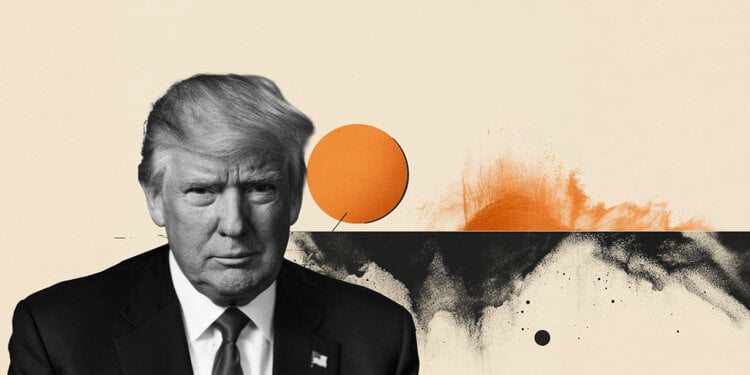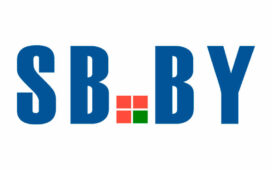President Trump isn’t blinking on tariffs. After an initial delay, he reaffirmed that the 25% levy on Canada and Mexico is “on time” and “moving along very rapidly. ” Behind closed doors, U.S. officials suggest the final call on border-linked tariffs is still TBD. Meanwhile, his reciprocal tariff plan—set to slap levies on every country taxing U.S. imports—looks increasingly likely to hit in April.
The broader market narrative? Uncertainty reigns, and economic momentum is sputtering. The S&P U.S. Services PMI came in weaker than expected, and inflation expectations surged, denting the University of Michigan Sentiment Index. While U.S. economic surprises are turning down harder than the rest of the world, outside of retail sales, it’s mostly been a collection of second-tier survey misses.
While tariff threats are prominent, the market still seems too complacent about the actual economic hit. If tier-one US data takes a leg lower, we could see a global equity wipeout, and ironically, that could benefit the dollar. In times of turmoil, the greenback still carries a safe-haven bid—a dynamic that could come into sharper focus in the months ahead.
But let’s not ignore the potential short-term game-changer brewing in Eastern Europe. If there’s one thing Trump wants on his mantle, it’s a Nobel Peace Prize. And if he manages to broker a Ukraine-Russia ceasefire, it would be a seismic event for markets. That’s precisely why I’m treading carefully on my EURUSD short ( covered short EURJPY)—there’s a decent chance we test +1.0530 on a peace deal headline, making the timing less than ideal. But soon, a clear-cut, short EURO setup will be coming to a trading screen near you.
Scouring the Tokyo flows today, it was a good morning to execute one of my favourite daily trades: fading the Tokyo fix. The market had moved counter-trend, and Tokyo was sitting on a high dollar fix, expecting more corporate dollar demand today. It was the perfect setup to clip 30-50 basis points, and if you can do that consistently, you’re making a good living. That said, it’s not always a layup.
As for trading the tariff narrative, markets have learned the hard way not to react to every Trump remark. In Trump 1.0, traders would whip into hysteria over every tweet or off-the-cuff comment. Now, they’ve resigned themselves to trading what he does, not what he says. Filtering out headline panic and focusing on tangible policy shifts doesn’t just make for smarter trades—it eliminates the need for emotional, knee-jerk positioning. But make no mistake, actions will speak louder than words.
You don’t need to be bullish in a trade war environment—just less bearish than the alternative. The euro remains one of the most sensitive currencies to trade war risk, but with Eastern European peace potentially knocking on the door, entering short EURUSD requires a cautious hand.
That brings us back to CNH—a currency living off tech inflows and PBoC guidance. The big question? Can Beijing hold the line if trade war fears escalate? Because if they can’t, USDCNH could once again carry the baton as the global trade war proxy—and the one to watch.





